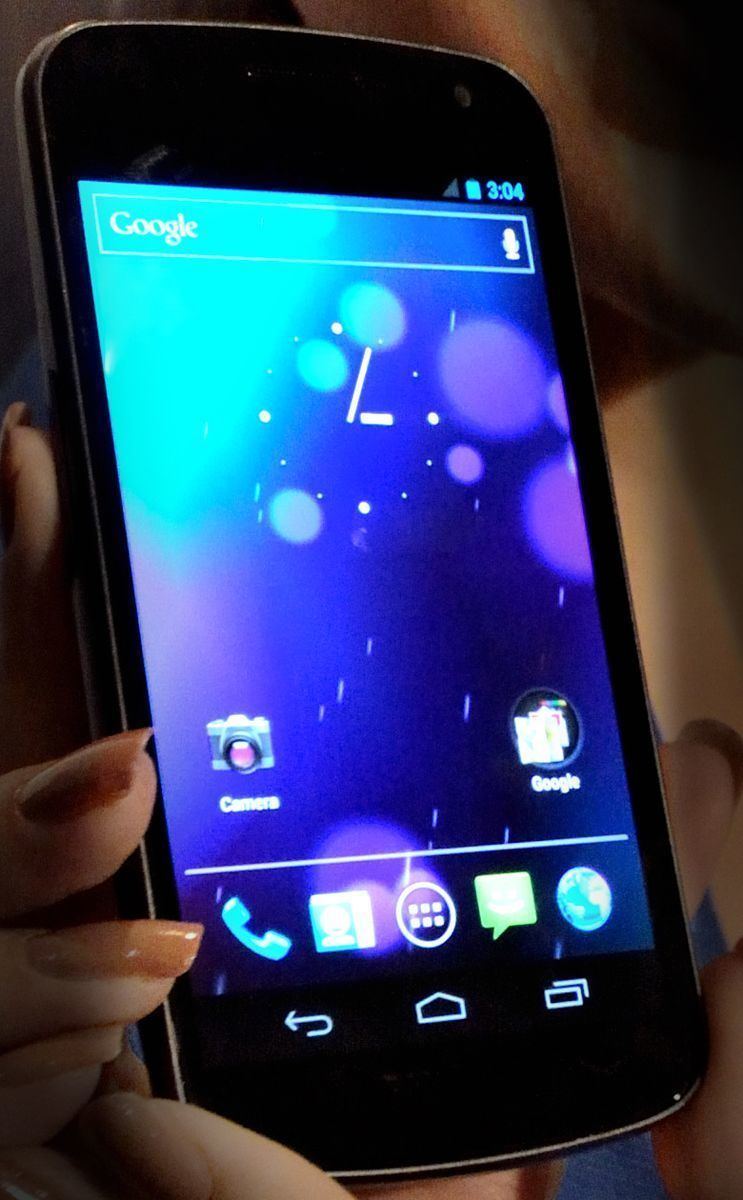 | ||
The hacking of consumer electronics is an increasingly common practice which users perform in order to customize and modify their devices beyond what is typically possible. This activity has a long history, dating from the days of early computer, programming, and electronics hobbyists. The most notable case of the hacking of consumer electronics is jailbreaking of Apple iOS devices or the rooting of Android phones, although many other electronics such as video game consoles are regularly hacked as well.
Contents
Smartphone operating systems
Multimedia devices and video game systems
Other devices
Devices allowing for hacking
Some devices—most commonly open source—are built for homebrew purposes, and encourage hacking as an integral part of their existence.
Legality
iOS jailbreaking was often considered illegal in the United States until a recent ruling by the U.S. Copyright Office declaring that jailbreaking an iPhone or other mobile device would no longer violate copyright law. However, simultaneously, there is ongoing prosecution against hackers of videogame consoles under anti-circumvention violations of the DMCA. A main complication, in many cases, is the profiting from selling jailbroken or rooted equipment as a value-added service. At least some accused deny these charges and claim only to be making back-ups of legally purchased games.
Recently, the High-bandwidth Digital Content Protection encryption system, which encrypts data running between cable boxes, Blu-ray players, and other similar devices and displays was cracked, and a copy of the master key needed to decrypt HDCP protected streams was posted on the internet. Intel, which created and now licenses HDCP technology, has stated that HDCP protection is sufficient to keep most users from circumventing it, but indicated that it may threaten legal action against more determined users under the DMCA.
On the issue of the hacking of its new interactive game controller the Kinect, Microsoft initially condemned and threatened legal action against those who hacked it, but soon after it reversed this position and instead stated that it had intentionally left the device open, and would in fact not prosecute those who modified it.
